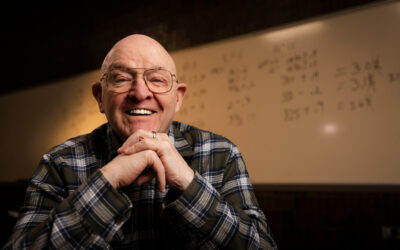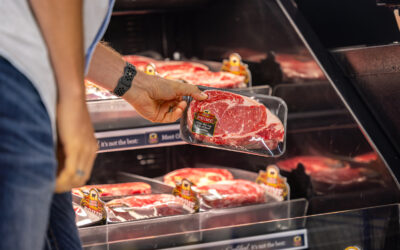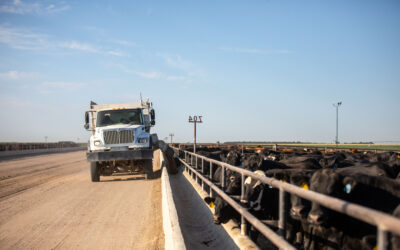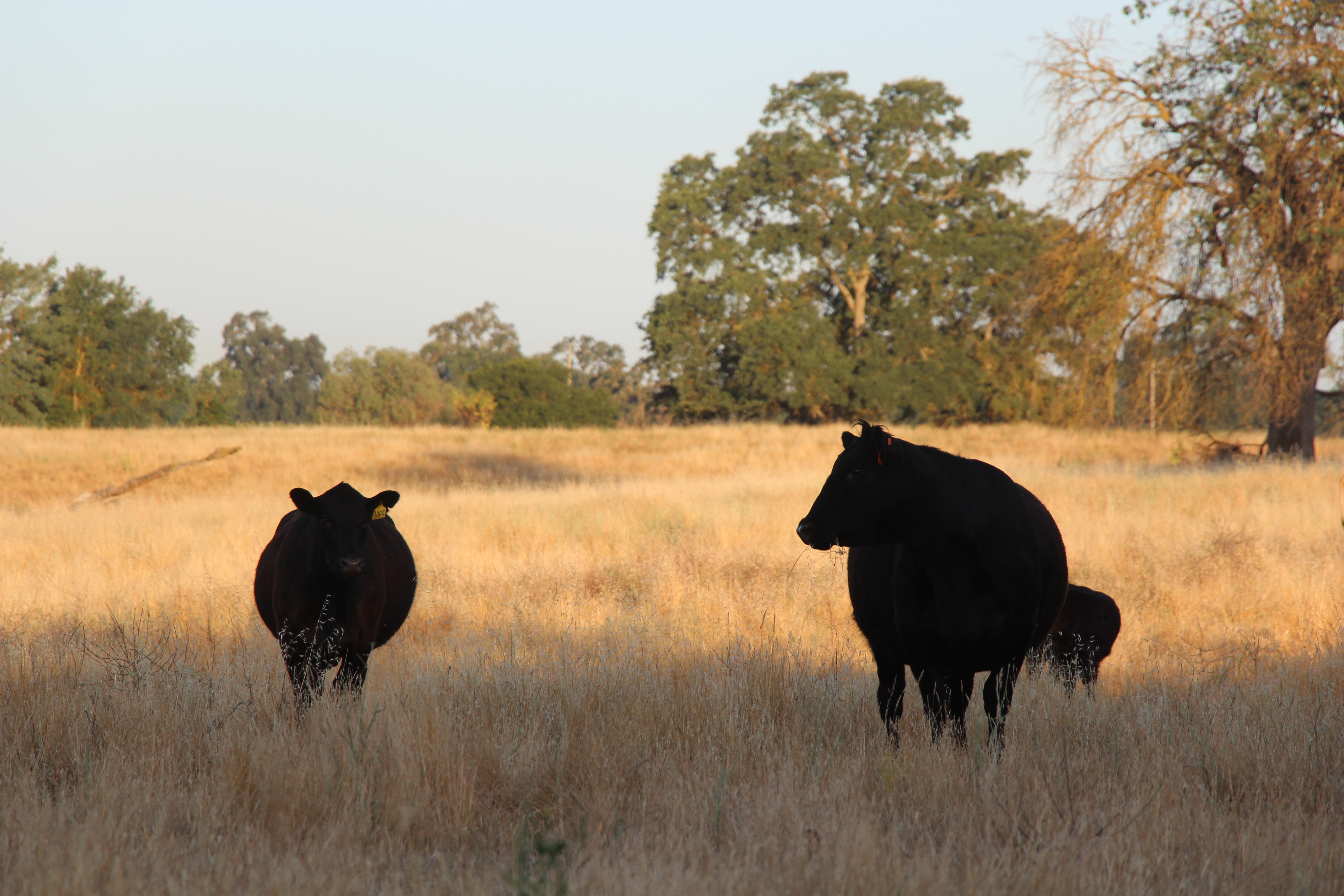
California duo wins CAB seedstock award
by Laura Nelson
David Medeiros and David Dal Porto – “the Davids”– have more than a few similarities. The native Californians share cattle philosophies and even a bull sale venue. Most recently, they shared the Certified Angus Beef LLC (CAB) 2011 Seedstock Commitment to Excellence Award at the brand’s annual conference in Sunriver, Ore., Sept. 20-22.
They each grew up showing cattle in the northern San Joaquin Valley, maintaining small cowherds. Those were put on hold when Medeiros headed to Cal Poly and Dal Porto to Chico State, where their paths continued to cross in livestock judging.
“They were real rebels… er, rivals back then,” Dal Porto’s wife Jeanene teases.
After college, their black herds seemed a bit rebellious. Rancho Casino and Dal Porto Livestock were among the few locals that focused on Angus. But they stuck with it, building those show herds up with functional, seedstock genetics.
“They both had a great customer base, but both realized at about the same time that they needed to do business differently,” Medeiros’ wife Carol says.
In the late ’70s, the men saw an opportunity that led to eventual collaboration: Commercial cattlemen were looking to Angus for balance and calving ease in replacement heifers.
“We wanted to offer a large number of bulls that had low birth-weight EPDs [expected progeny differences], and several generations of it,” Dal Porto says.
Nearly year-round forage availability means California cattlemen expect unassisted performance in the pasture, and that includes calving season.
“We believe you should never have to pull a calf,” Medeiros said. Stacked generations and strict culling deliver on that.
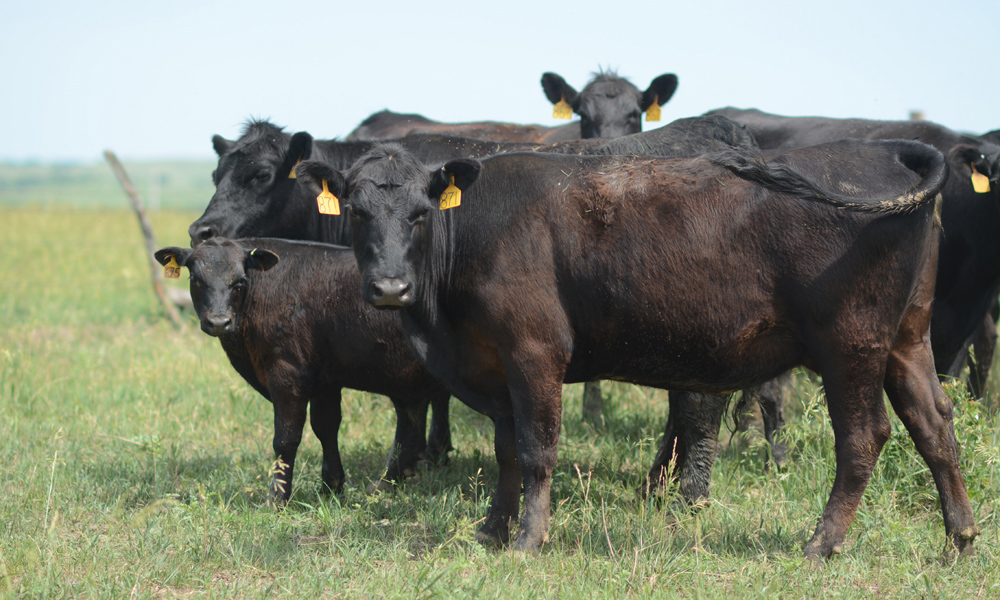
“We have a short breeding season, so if they don’t breed we cull them,” Dal Porto says. “There are no second chances.”
Cows from their bulls also have to calve unassisted and excel in udder quality, mothering ability and disposition.
End-product performance is a factor, too. “There are enough cattle out there that we can identify and stack generations that have the lower birth weight, wean a good-sized calf, and add some carcass to go along with it,” says Medeiros.
Their common maternal base established, the partners turn to serving diverse customers who need individual attention.
“We want to work with our customers, not just to make sure they get the right bull, but after that, too,” Dal Porto says.
Age-and-source verification (ASV), AngusSource® enrollment and compliance with non-hormone treated cattle (NHTC) protocol—those acronyms denote extra dollars for their customers.
Some, like John Ginochio of Walnut Creek, Calif., have taken the plunge into finishing cattle. Medeiros and Dal Porto often play the catalyst in developing relationships between feeder and customer, or even go in on partial ownership of calves at Beller Feedlot, Lindsay, Neb., which nominated them for the CAB award.
Ginochio uses data from Beller and CAB to improve his herd, and began building his reputation by noting his bull source 10 years ago.
“People know these aren’t just black cattle, and they aren’t just great Angus cattle,” he says.
Other Dal Porto Livestock and Rancho Casino customers have been “name branding” their calves at auction as well, often paired with another value-adding brand.
“There’s a reason people put ‘CAB-candidates’ next to our cattle,” Medeiros says. Dal Porto chimes in, “Everyone knows what that stands for, and people pay more for those.”
You may also like
Purpose Follows Passion
A chance opportunity. A change in career direction. And meat science was changed forever. Dr. Gary Smith originally had no plans to become a meat scientist. But thank goodness he did.
CAB Sets Sales Records, Sees Historically High Brand Acceptance Rates
In an otherwise tough time in the beef business, sales and supply records have been a bright spot. The positive numbers mean that quality beef production has not let up, and beef demand is holding. Consumers have proven the value proposition: the good stuff is worth a little more money, for a better eating experience.
Feeding Quality Forum Dates Set Earlier in August
When you’re feeding cattle, it counts to keep track of every calf, pound and dollar. Beyond the event’s educational sessions, networking between segments of the beef supply chain is invaluable—from feeders and cow-calf operators to allied industry and university researchers.

